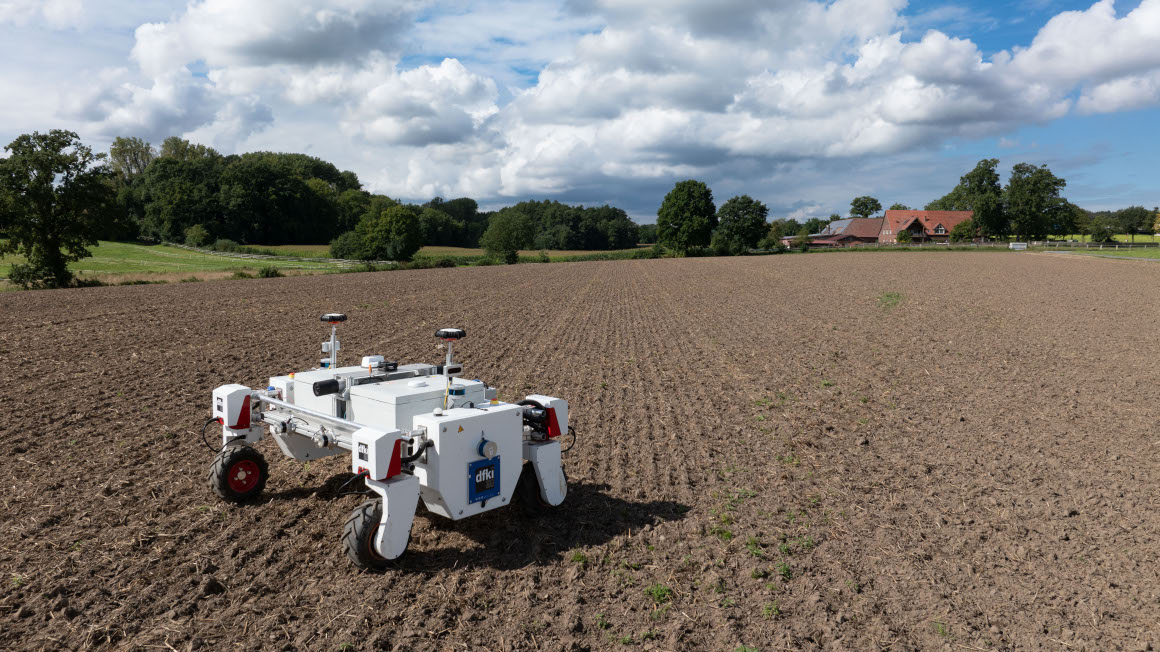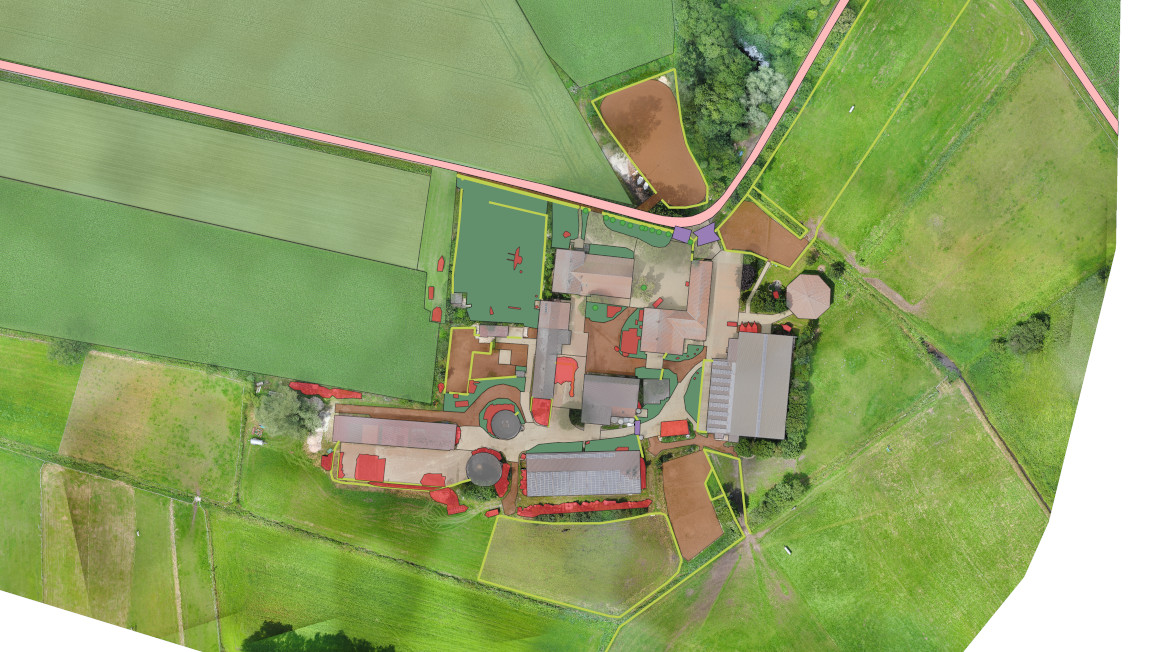Future lab for agriculture: Small fields and smart helpers
The ‘Future Lab Agriculture’ project presents initial results on the concept of spot farming, highlighting both the potential and current obstacles to its use.

Nowadays, potatoes, maize and other crops are planted in extensive fields so that agricultural machinery can work the land - even in locations where crops do not have optimal growing conditions. In such cases, fertilisers and pesticides are usually used to compensate for the disadvantage and achieve good yields. However, this common cultivation method is increasingly reaching its limits. An alternative could be the concept of spot farming.
Spot farming - a concept for the future
‘The aim of spot farming is to cultivate different plants where they have the best growing conditions. This makes them more resilient, higher-yielding and protects our environment,’ explains Jens Wegener from the Julius Kühn Institute, who helped develop the spot farming method. With this method, plants are not cultivated according to the power of the agricultural machinery, as was previously the case. Instead, the technology has to adapt to the crop cultivation. The principle: parts of the field are planted differently. To cultivate the small areas - the so-called spots - small machines and robots are also required.
This cultivation method is still just an idea and is not yet being used in practice. In the ‘Future Lab Agriculture’ (ZLA) project, researchers from IGB and partners have now scrutinised this concept more closely. In addition to IGB, the German Research Centre for Artificial Intelligence (DFKI), the University of Osnabrück, Osnabrück University of Applied Sciences, the Georg August University of Göttingen, the Technical University of Braunschweig, the Thünen Institute and the University of Vechta are involved in the project. The project is being funded by the state with 3.7 million euros as part of the Centre for Digital Innovations Lower Saxony (ZDIN).
On the way to implementation
‘At the ZLA, we have made significant progress towards the realisation of spot farming,’ reports Jens Wegener. Among other things, researchers at the IGB developed an agronomic method to identify the different growing conditions of the spots in a field. Freely accessible geodata was used for this. On this basis, a tool was developed together with the German Research Centre for Artificial Intelligence (DFKI), which can be used to automatically create field maps with spots that can be cultivated with robots. Researchers at TU Braunschweig in turn constructed the physical prototype of a universal sowing machine, which places the seeds in the soil at ideal distances for the plants to grow and is attached to a robot.

DFKI researchers created a semantic map with geo and environmental data of a real farm so that robots can specifically target and process the spots. ‘Using this map, a robot was able to perceive and understand its environment, navigate through it and drive autonomously across the farm,’ report the project partners.
Technology can adapt to spot farming
‘Robots enable new processes in agriculture. The ZLA project has clearly shown us that this is not a fantasy. The technology can be used in spot farming, for example, in plant cultivation processes that are not possible with today's conventional machines,’ says Joachim Hertzberg, spokesperson for the ZLA project.
Digitalisation still has obstacles
However, intelligent technologies such as robots need one thing: data. This is currently not available everywhere. According to the researchers, there is currently a lack of ‘end-to-end digitalisation of agriculture’. ‘If you want to know where field boundaries are, for example, you need the relevant geodata. But this is not easily accessible in every federal state. While it can simply be downloaded in North Rhine-Westphalia, for example, in Lower Saxony you first have to write an email to the office,’ reports Benjamin Kisliuk from DFKI.
In addition to the technical requirements for the spot farming concept, the ZLA project also analysed the acceptance of digital helpers in agriculture. This showed that some farmers are still sceptical about new technologies. ‘We need to provide evidence to show that digital technologies make ecological, economic and social sense,’ reports Silke Hüttel from the Georg August University of Göttingen.
bb


